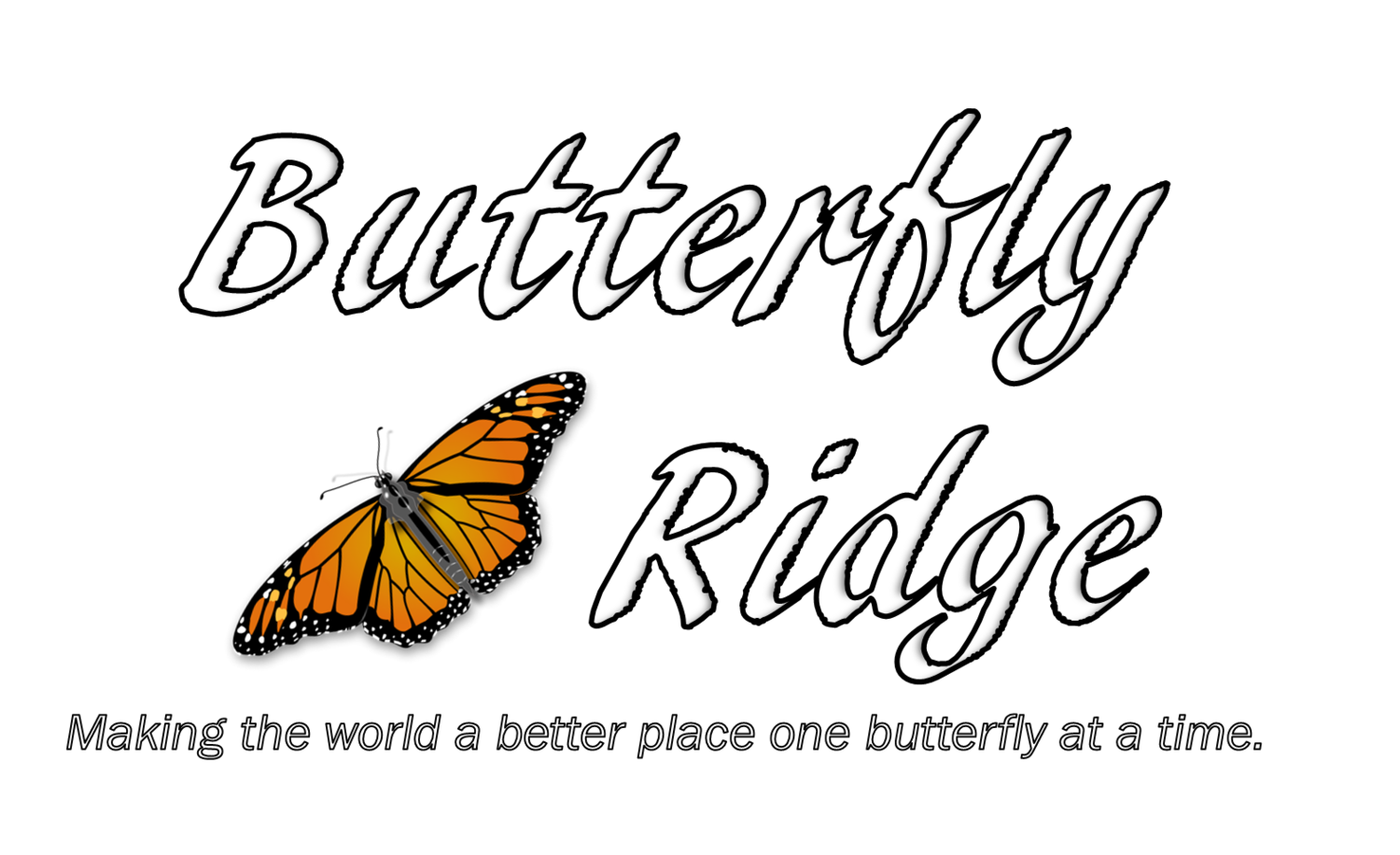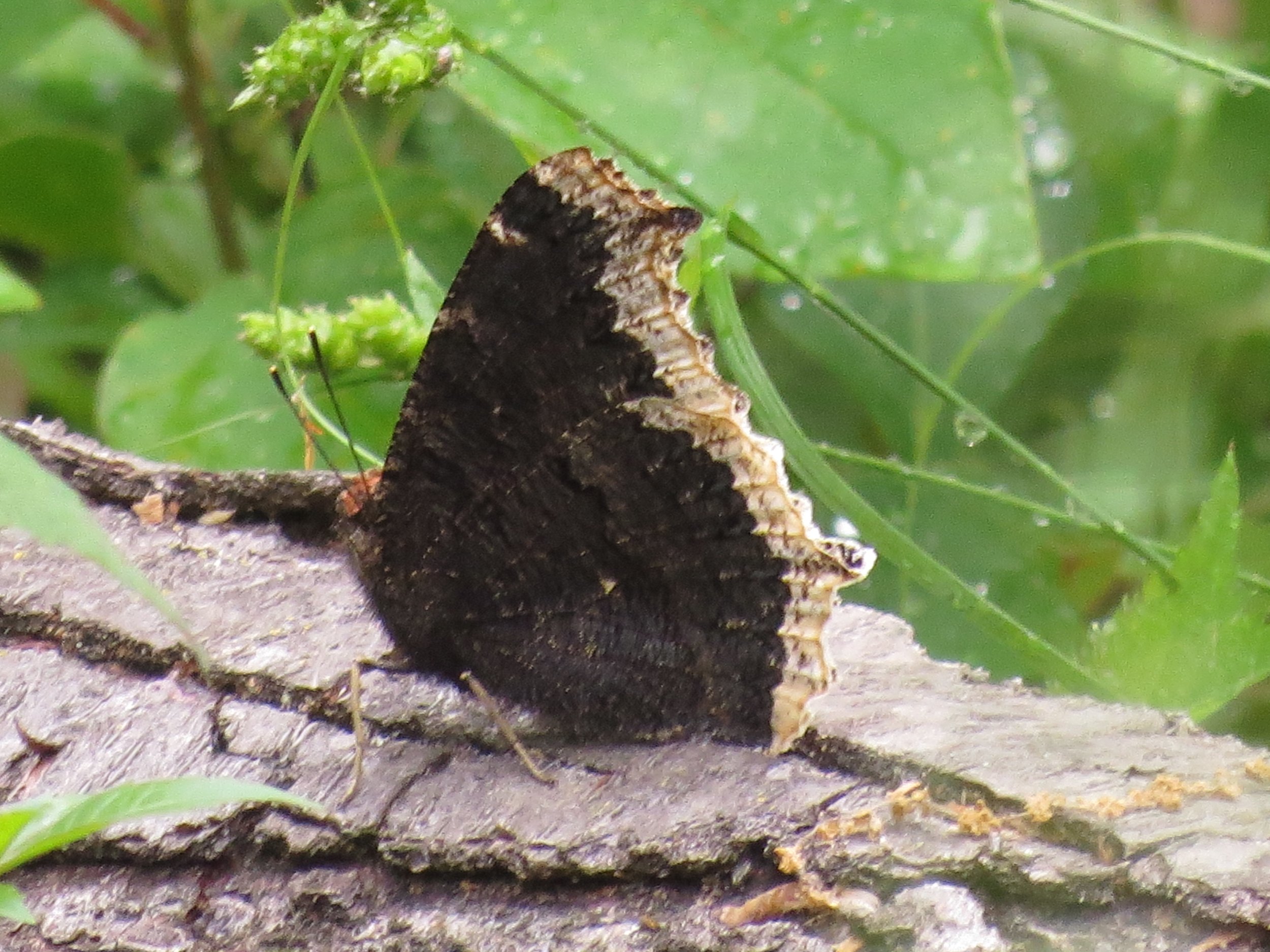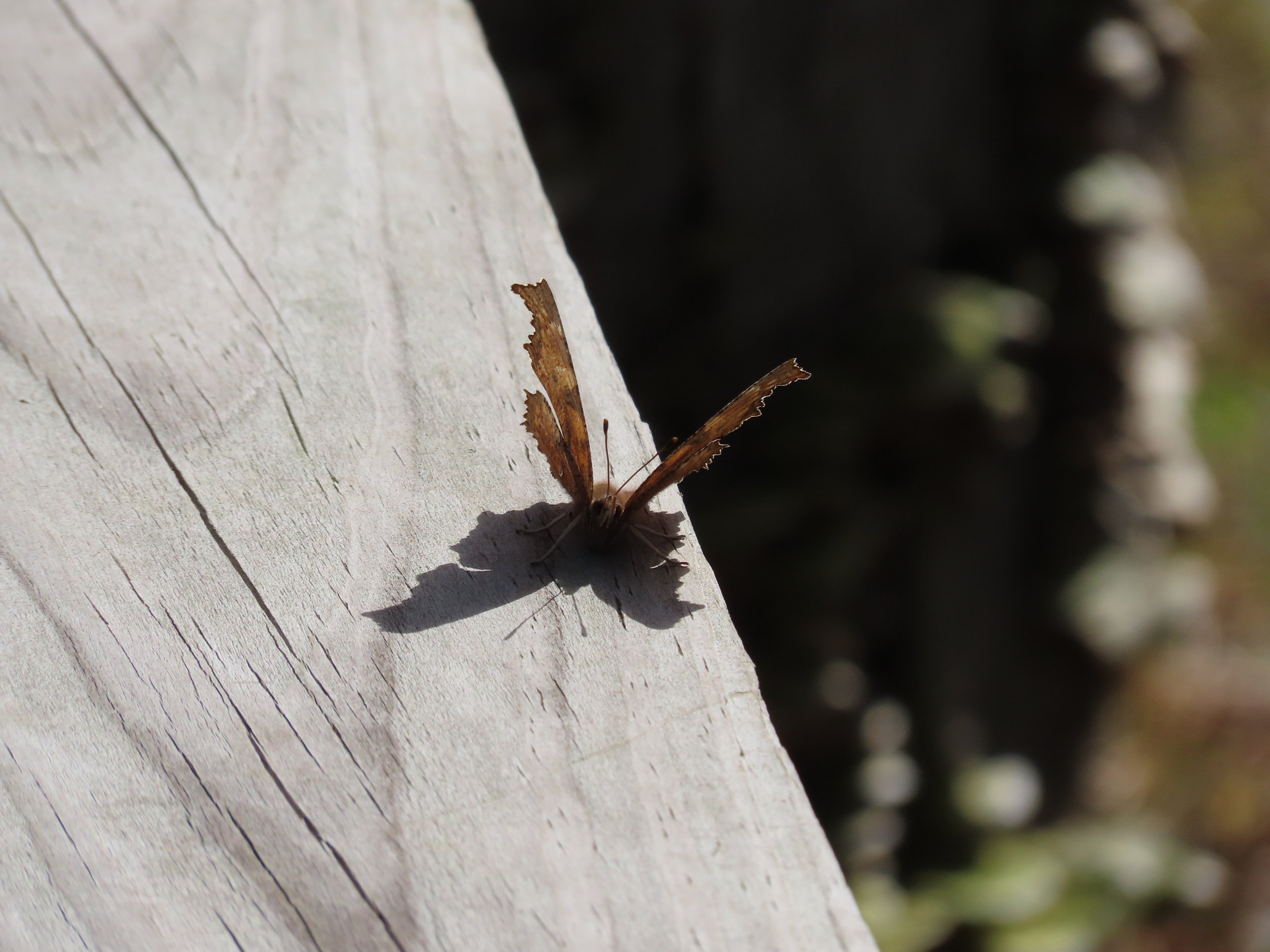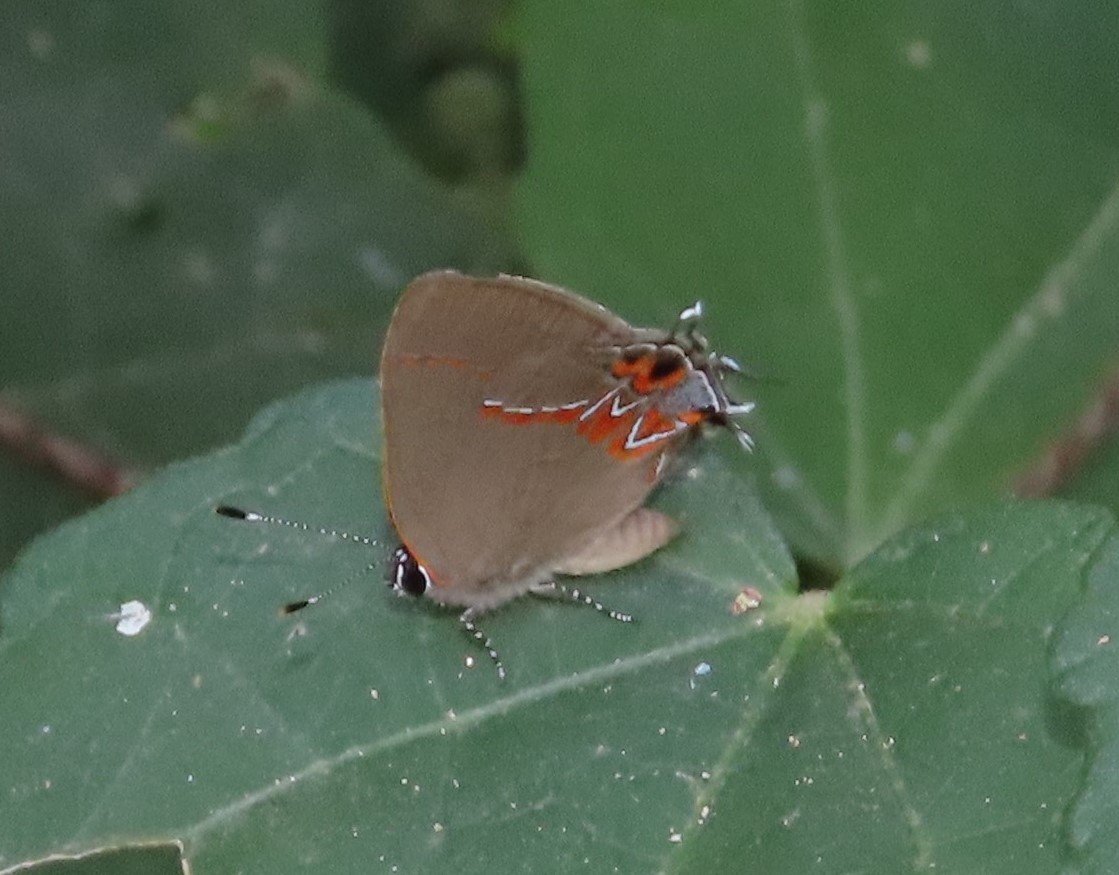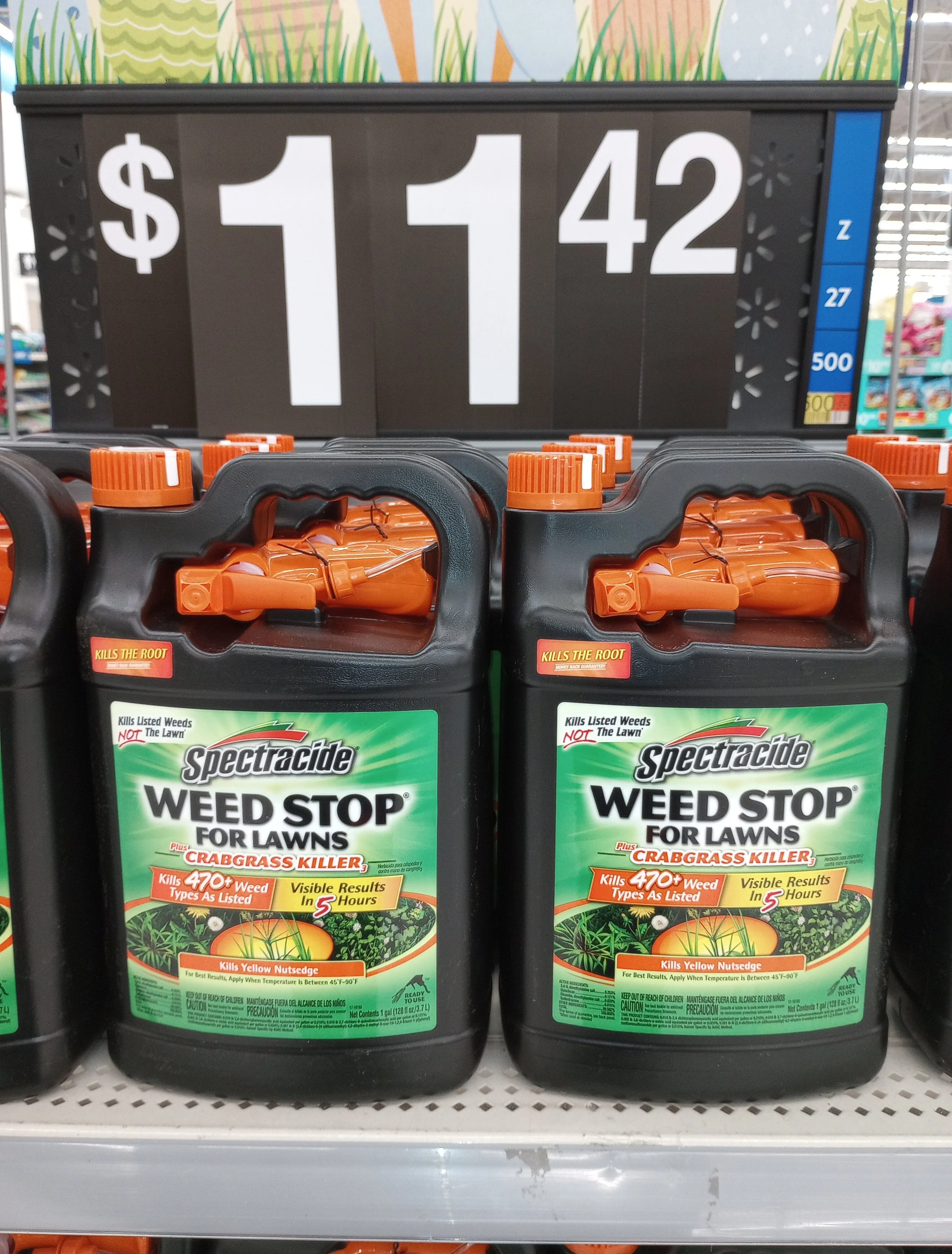DIY Prairies
/This prairie was created in 2017, only a year and a half old!
Yesterday I posted on our Facebook page a story from the Healthy Land Ethic blog regarding the importance of prairies. Today I will take you step-by-step how Butterfly Ridge converted 1.5 acres of abused field to prairie. I have photos of some of the steps but not all.
First thing we did was consulted with our local Soil and Water Conservation District. Your local SWCD is a good friend to have in this endeavor as they can provide not only grant money and expertise, but also equipment loans. Dave from SWCD came out and inspected the area. He agreed that the condition of our field was quite poor, driven largely by very acidic soils. His recommendation was to add lime to raise the soil pH. We will discuss that more shortly.
The first task was to get rid of the plant material that was already present. We are very anti-chemical, so we chose a mechanical method to destroy the current vegetation. In the fall we disked the area using our tractor and disk attachment. We let the prairie overwinter in this stage.
In the spring, once the ground had thawed, we used our tractor tiller attachment to till the area. Till shallowly, no more than 4 inches deep. The objective is to dig up the vegetation that is there and stir up the seed bank. We then tilled on a 2-3 week interval, allowing weed seeds to come up and then cut life out from under them! Since dad refused to till mud (go figure!), this tilling process was very weather dependent and some of our prairie areas were only tilled twice rather than the preferred three times.
Between tillings was when we added the lime in an attempt to raise the pH. We added lime at the recommended rate of four tons per acre, for a total of six tons. We applied it using the same salt spreader that we would use later to spread seed. We were amazed, as was our excavator who hauled it, how small of a pile you get with four tons of lime! The first two tons we purchased in bag form, but smartened up and got the next batch in bulk.
After the final till, we ran the roller over the area. Or most of the areas. We found that rolling before seeding resulted in better germination of the prairie grass seed.
Rolling the prairie.
After rolling the prairie we used an old salt spreader to spread prairie grass seed. We used Big Bluestem, Little Bluestem, Indian Grass, and Side-oats Grama, all species that are native to Ohio. We purchased the seed from Roundstone Seed in Kentucky. Seeding quantity is very important. You want enough seed to cover the area to reduce erosion, but not so much as to create unnecessary competition. We seeded at a rate of eight pounds per acre. Keep in mind, that is not eight pounds of each species of seed, that is eight pounds total. The mix we created was heavy on Indian Grass with just enough of the other species to offer some variety. We also mixed in some old native perennial seed (Bergamot, Milkweeds, native Mints, etc) into the mix, but not really enough to impact the eight pound limit.
After applying the seed, we rolled the area again to force good seed to soil contact. The next weekend we planted native perennials we had started in our greenhouses around Valentine’s Day. The church youth group helped with the planting. Over the entire 1.5 acres we planted roughly 2000 plants including mints, milkweeds, bush clover, blazing star, colic root, rattlesnake master and a host of others.
The flags mark the native perennials we planted.
Our first effort at creating prairie was in 2016. We had a very dry June that year and therefore attempted to water the prairie with a spinning irrigation head. Not the best idea as it was very labor intensive as the head kept clogging. June, 2017 was not as dry although I was tempted at times to try to water but I fought off the temptation. The 2017 prairie project was just as effective without the added water.
I reckon we should mention maintenance somewhere in here. We do NOT mow our prairie excepts for the trails within it. And we will not mow unless directed to do so. We dig up any woody species that try to move in. We also pulled up any weedy species that tried to move in, if we thought it was a battle we could win. For example, we worked very hard to remove foxtail grass. We attempted to remove crabgrass but quickly realized the crabgrass was a losing battle. Queen Anne’s Lace and Ox-eye Daisy we did not even attempt to tackle those.
Instead of mowing, our plan is to burn the prairie every 4 to 5 years. Burning will help remove a lot of the shallow-rooted invasives as well as knock back any woody species we may miss with digging. Typically, true prairie plants have very deep roots, so they will not be adversely affected by the burns. We will hire professionals to burn down the prairie. If I do it, the entire county as well as my out-buildings will go up in smoke.
I realize this DIY Prairie may sound like a lot of work. Really it is only labor intensive in a short bursts and the benefits totally outweigh the work. Let me know if you have any questions.
